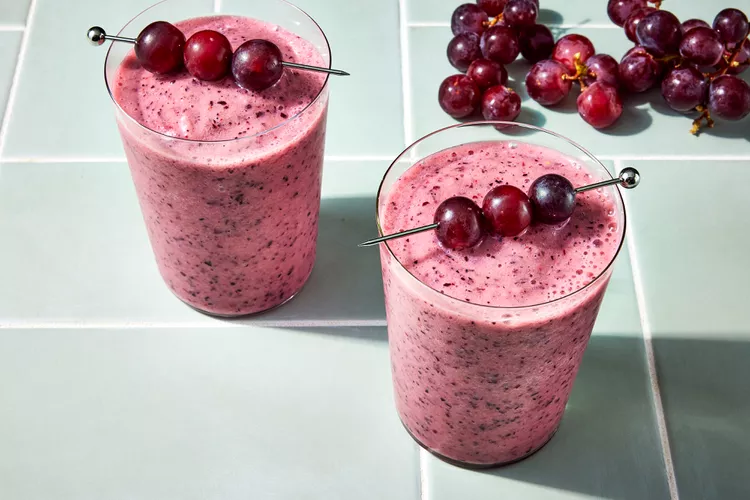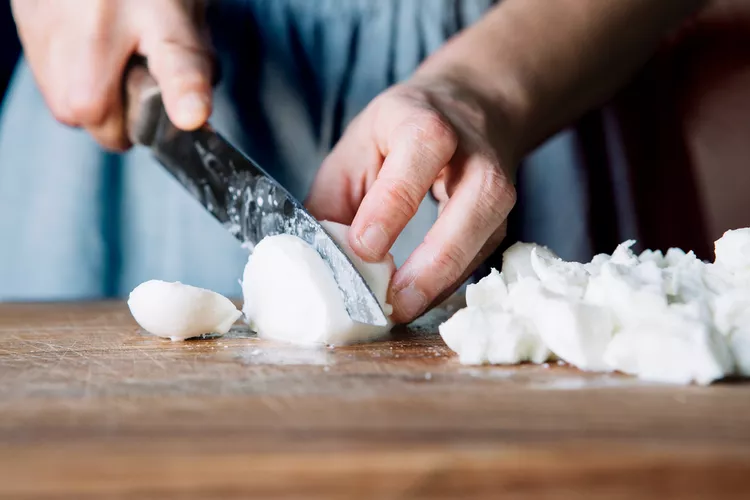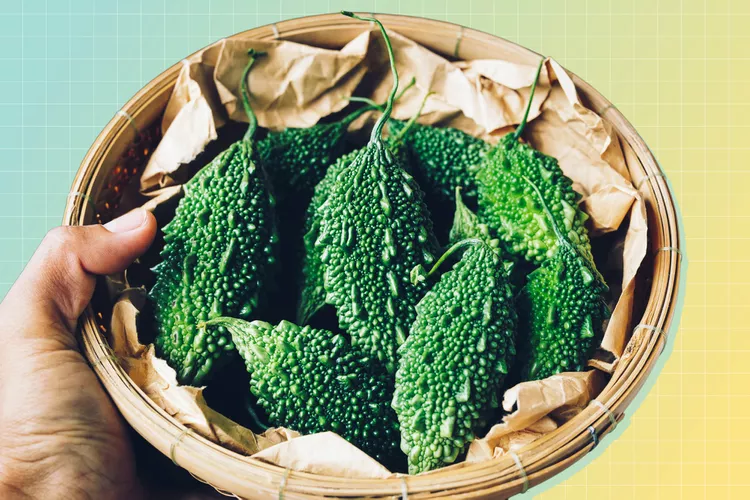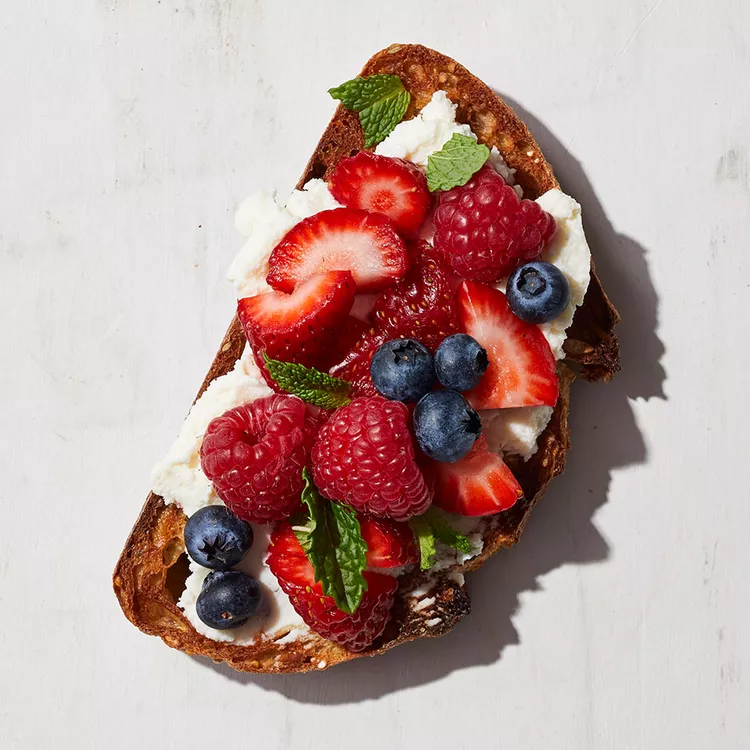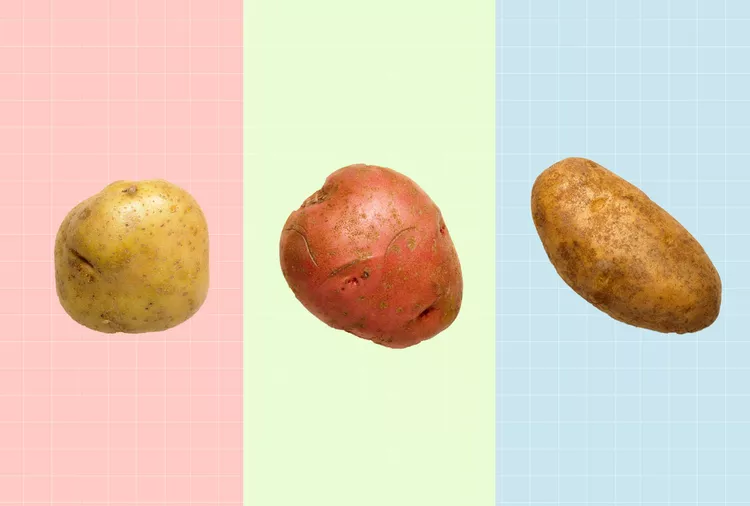Contents
Breastfeeding Benefits and Challenges
High Lipase Milk or Breastfeeding is a rewarding journey that offers numerous health benefits for both moms and babies. Beyond providing essential nutrition, it strengthens the bond between mother and child. However, like any journey, breastfeeding comes with its share of challenges. From achieving the perfect latch to addressing common concerns like mastitis, mothers face various hurdles. One often overlooked issue is the change in the smell or flavor of breast milk, which can sometimes smell “soapy” due to high lipase activity.
What is Lipase and Why Does it Affect Milk?

Lipase is a crucial enzyme that helps babies break down and digest fats in breast milk, enabling better absorption of essential nutrients. While lipase is naturally present in breast milk, excess lipase activity can sometimes cause milk stored at cooler temperatures to develop a soapy smell or altered flavor. This occurs as the enzyme breaks down the fats more rapidly, affecting the milk’s scent and taste.
However, research shows that not all sour-smelling milk is due to high lipase. Factors like unclean breast pump parts, improper storage, or consuming rancid-smelling fats (like fish oils) can also play a role. To confirm if high lipase is the culprit, you can perform a simple home test. Store freshly expressed milk for a day or two in the fridge or freezer. If the milk smells fine at first but develops a soapy odor later, it may indicate high lipase activity.
Is High Lipase Milk Safe for Babies?

The good news is that high lipase milk is completely safe for babies. The change in flavor does not diminish its nutritional value or harm your child in any way. In fact, it’s the same milk your baby consumes when nursing directly from the breast. The issue arises only when stored milk develops a taste or smell that some babies might reject.
Why Do Some Moms Have High Lipase Milk?
The cause isn’t the amount of lipase but the rate of its activity. For some moms, milk stored in the fridge can stay fresh for days, while for others, the flavor may change within 24 hours. This faster fat breakdown doesn’t reflect any health issue or fault — it’s simply a natural variation.
How to Manage High Lipase Milk
If your baby refuses stored milk with altered flavors, don’t worry — there are several ways to address this:
- Track Timing
Identify how long it takes for the flavor to change. If it takes 2–4 days, plan to use the milk before that window expires. - Adjust Pump Settings
Lowering the pressure and speed of your breast pump may reduce lipase activity, improving the smell of stored milk. - Mix Fresh and Stored Milk
Combining soapy-smelling milk with freshly pumped milk can mask the flavor. For babies eating solids, mixing milk with cereal or smoothies can also help. - Scald the Milk
Scalding freshly expressed milk is a popular solution. Heat the milk until bubbles form at the edges (avoid boiling to preserve nutrients), then quickly cool it in an ice bath before storage. Scalding helps deactivate lipase and prevents flavor changes.
Bottom Line
Dealing with foul-smelling breast milk due to high lipase can feel frustrating, but you’re not alone. With the right techniques, from scalding to adjusting pump settings, you can ensure that your baby gets all the nutritional benefits of your stored milk. Remember, you’re doing an amazing job, and this is just a small hurdle in your breastfeeding journey. Keep going, momma — your efforts are truly worth it!
If your baby refuses stored milk with altered flavors, there are several ways to address this. Scalding the milk before storing it can help reduce the activity of lipase and prevent the flavor change. Adjusting the pump settings while expressing milk can also help minimize the breakdown of fats. Additionally, some babies may prefer the taste of freshly expressed milk, so offering them milk that has been recently pumped may solve the issue. Ultimately, finding what works best for you and your baby may involve some trial and error. Just remember that you’re doing a great job and this is a common challenge that many breastfeeding moms face. Keep up the good work!



